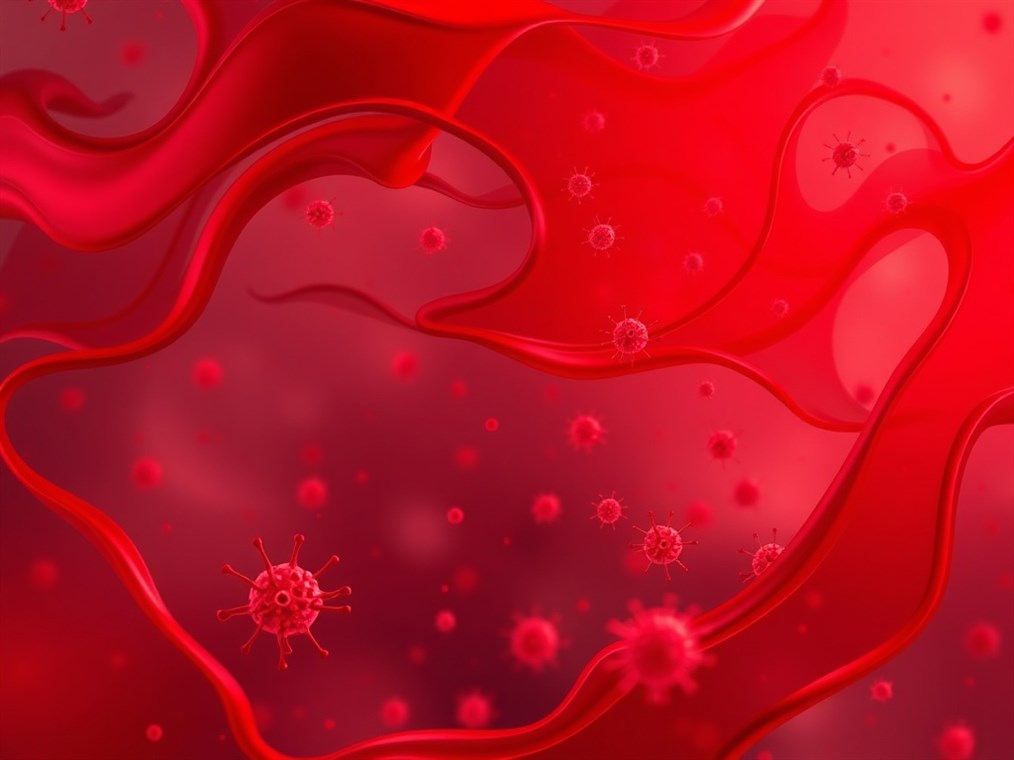Prontosil: How a Red Dye Changed Medicine Forever
Prontosil. It’s a name you probably haven’t heard, but trust me, it’s a big deal. This drug wasn’t just another pill; it was the first of its kind, a real game-changer in the fight against bacterial infections. Before Prontosil, even a simple cut could be a death sentence. Seriously.
Think back to a time before antibiotics. Infections like pneumonia, meningitis, and even what they called “childbed fever” were terrifyingly common. People died from them all the time. It’s hard to imagine now, but that was the reality. Doctors had antiseptics for cleaning wounds, but nothing to really tackle infections inside the body.
Then, in 1932, came a stroke of luck. Over at Bayer Laboratories in Germany, a team was fiddling around with dyes. Yeah, dyes! Chemists Josef Klarer and Fritz Mietzsch were on a mission: find a dye that could kill bacteria inside the body. Sounds like science fiction, right? They cooked up thousands of different compounds, and one of them, a red dye they called Prontosil rubrum, showed promise.
Enter Gerhard Domagk. He tested Prontosil on mice riddled with Streptococcus bacteria. The result? The mice lived! It was like something out of a movie. Domagk had stumbled onto something huge. But he didn’t rush to publish. He spent three years making absolutely sure it worked before sharing his findings in 1935.
So, what did Prontosil actually do? Well, it was particularly good at knocking out infections caused by Gram-positive bacteria, especially streptococci. Think of it as an early superhero against things like:
- Childbed fever: This was a big killer back then, a streptococcal infection that mothers often got after giving birth. Prontosil was a lifesaver.
- Nasty strep infections: Like tonsillitis and erysipelas.
- Even some staph infections: It wasn’t perfect, but it helped.
Here’s a crazy story: Domagk’s own daughter, Hildegard, got a terrible streptococcal infection from a dirty needle. Things looked grim – amputation was on the table. Domagk, desperate, gave her Prontosil. It worked! She survived, though she did end up with a reddish tint to her skin for a while. Talk about a personal stake in your research!
But here’s the twist. Turns out, Prontosil wasn’t directly killing the bacteria. Back in Paris, at the Pasteur Institute, some clever researchers – Jacques and Thérèse Tréfouël, Daniel Bovet, and Federico Nitti – figured out that Prontosil was actually a “prodrug.” That means your body breaks it down into something else, and that something else is the real antibacterial agent. That “something else” was sulfanilamide.
Domagk’s discovery was so groundbreaking that he won the Nobel Prize in 1939. But get this: the Nazi government wouldn’t let him accept it! They were furious about a previous Peace Prize given to someone they didn’t like. Domagk was even arrested and forced to write a letter rejecting the prize. Can you believe it? He finally got the medal in 1947, but the money was long gone.
Now, Prontosil isn’t really used anymore. Newer, better sulfa drugs came along, and then penicillin burst onto the scene. By the 60s, Prontosil was pretty much history.
But don’t think that means it was a failure. Prontosil paved the way for everything that followed. It showed the world that we could actually fight bacterial infections with drugs. It sparked a revolution in medicine, leading to countless other life-saving antibiotics.
Even today, you’ll find sulfonamide-trimethoprim combos used for things like AIDS-related infections, urinary infections, and burns. So, Prontosil’s legacy lives on, not just in the history books, but in the medicine we use every day.
One thing to keep in mind: sulfonamides can have side effects. We’re talking nausea, headaches, dizziness, even some pretty wild stuff like hallucinations. They can mess with your neurotransmitters. Plus, you might lose your appetite, feel sick to your stomach, get diarrhea, or have ringing in your ears. And some people turn a bit blue-ish (cyanosis).
The bottom line? Prontosil was a watershed moment. It was the first real weapon against systemic bacterial infections, offering hope where there was once despair. It might be old news now, but its discovery changed medicine forever, and for that, we owe it a huge debt. It’s a testament to the power of scientific curiosity and its ability to make the world a better place.

